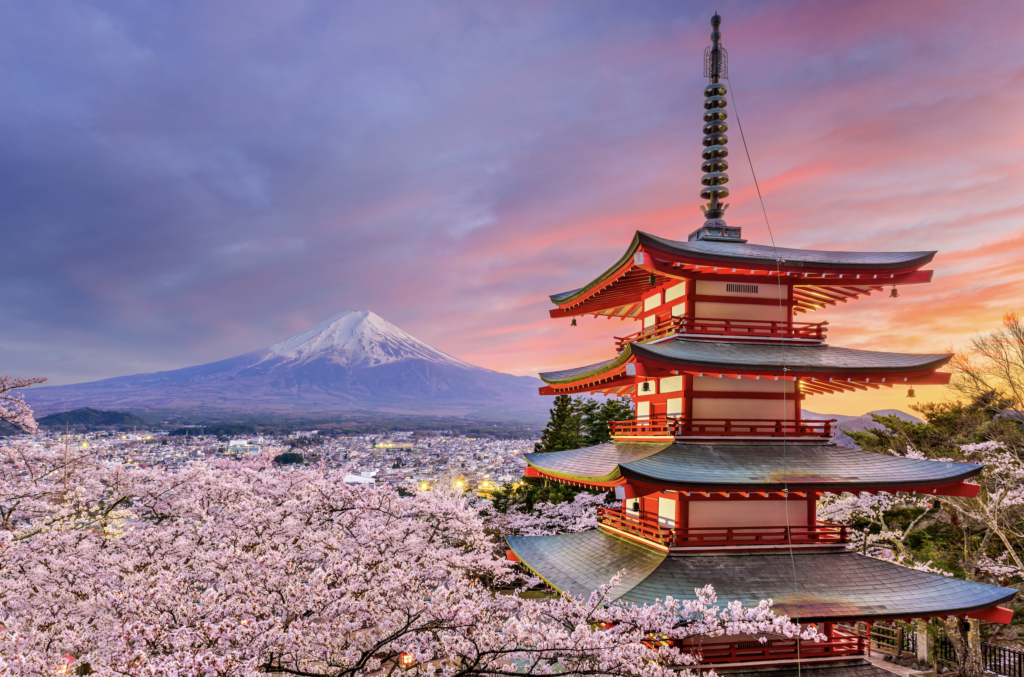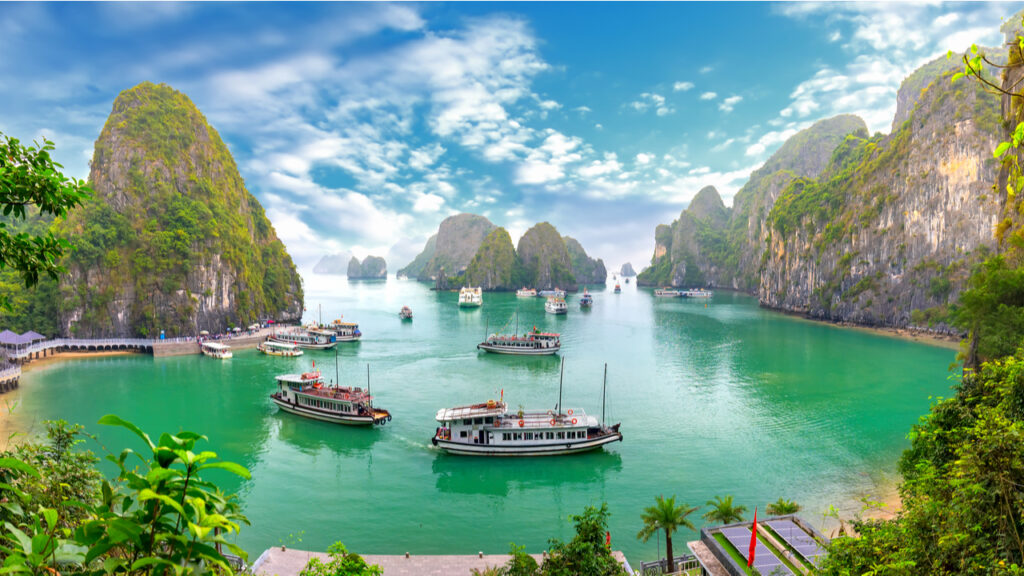This is your country-by-country coronavirus travel guide laying out the latest developments in an ever-changing landscape. It will be regularly updated.
Six months ago, COVID-19 was a nameless epidemic contained to East Asia. Today, it has spread to nearly every country in the world, cost the global travel industry $3.3 trillion, and potentially redefined the nature of travel for good.
Initial wisdom suggested that the Asian countries first impacted by coronavirus were competently containing the virus and would be the first to reopen, establish travel bubbles, and resume travelling. Europe, the logic went, would follow.
In late spring, domestic travel resumed across a host of Asian countries including China, Japan, and South Korea followed in June by Europe. However, subsequent virus outbreaks from Beijing to Belgium have reiterated the virus’ unpredictability, once again casting border status’ and travel contingency plans into doubt. One thing is clear, in the absence of a vaccine, any notion of a post-COVID-19 world is grossly ill-conceived.
East Asia

China’s domestic tourists spent $764 billion in 2019. Image: Shutterstock
China, the first epicenter of COVID-19, it’s experienced secondary waves since reopening in May and is currently experiencing a spike in multiple regions including Xinjiang province.
Travel Status: borders remain closed to overseas passport holders, but domestic travel has resumed with interprovial group travel continued in mid-July.
Conditions of Entry: negative COVID-19 test required for foreign nationals. Chinese nationals. Many provinces require mandatory 14-day quarantine upon arrival.
JT View: domestic travel over public holidays in May and June offered flickers of revival with an emphasis on short-range self-driven trips. Interprovincial travel will remain the medium-term priority for Chinese tourists.

Around 10 million Chinese visited Japan in 2019. Image: Shutterstock
Japan, lifted its state of emergency in late-May signalling a relatively successful handling of COVID-19.
Travel Status: travel ban in place for 146 countries and regions. Discussions are underway for travel bubbles with regional Asian countries as well as New Zealand and Australia.
Conditions of Entry: all arrivals must undergo 14-day quarantine.
JT View: Japan and China are negotiating a travel arrangement, a potential economic boon for Japan — Mainland tourists spent $13.7 billion in 2018 — particularly in anticipation of China’s Golden Week holiday in October.

China has been South Korea’s largest tourism market for over a decade. Image: Shutterstock
South Korea, its model of contact tracing and quarentining succeeded in controlling the first COVID-19 wave, but has seen an uptick in cases in late-July.
Status: borders remain open and flights are operating.
Conditions of entry: all overseas arrivals must quarantine for 14-days at government approved location and report daily health status through mobile app.
JT View: South Korea and China agreed a business traveler fast-track in April and plans are afoot to double the number of weekly flights, a move that would likely be welcome to Chinese tourists.
South East Asia

Chinese tourists represent a third of all overseas visitors to Vietnam. Image: Shutterstock
Vietnam, despite reporting its first case in January, the government mobilized its public health system and developed an effective containment blueprint. It has seen fewer than 800 cases.
Status: borders closed to foreign nationals on March 22.
Conditions of entry: overseas employees may reenter but must quarantine for 14 days.
JT View: Vietnam’s early and decisive response may prove invaluable for winning the trust of a market that sent it 6 million tourists in 2019. A deal to resume commercial flights with China has tentatively been agreed.


